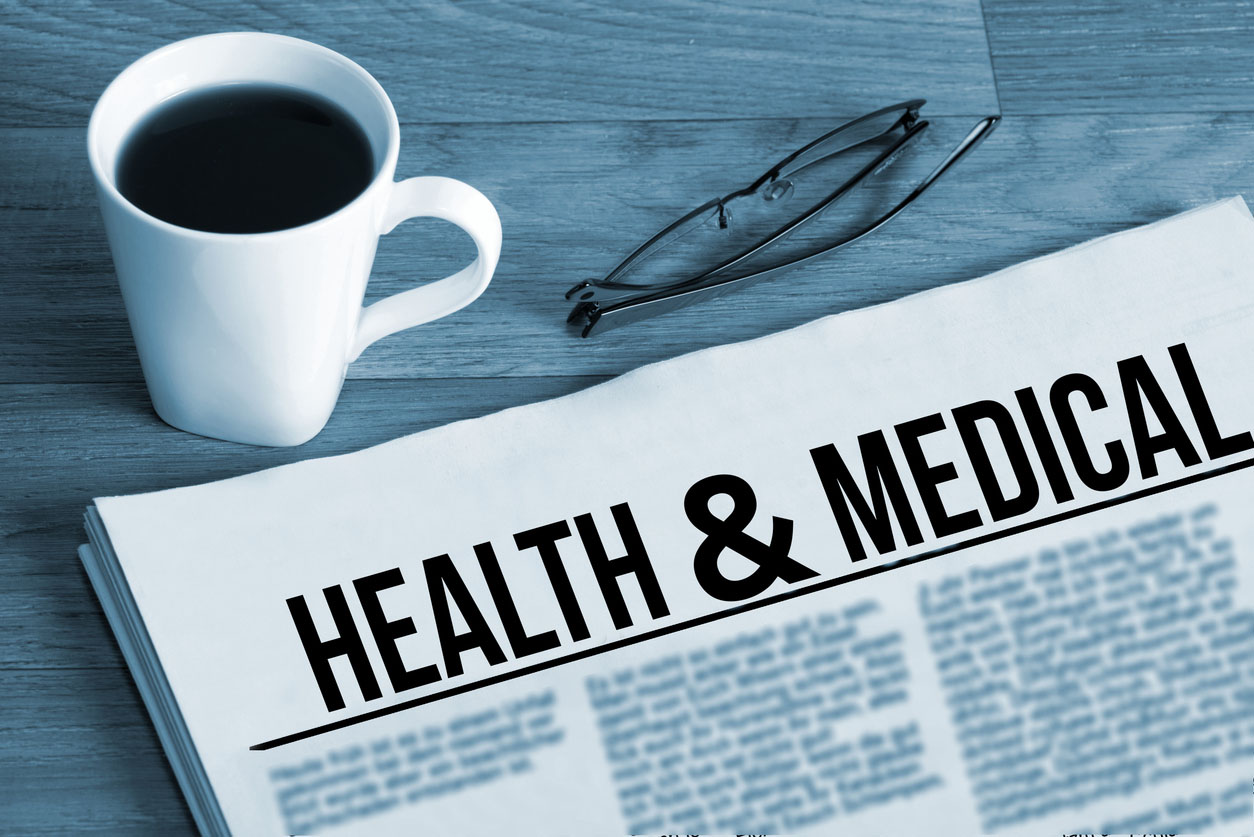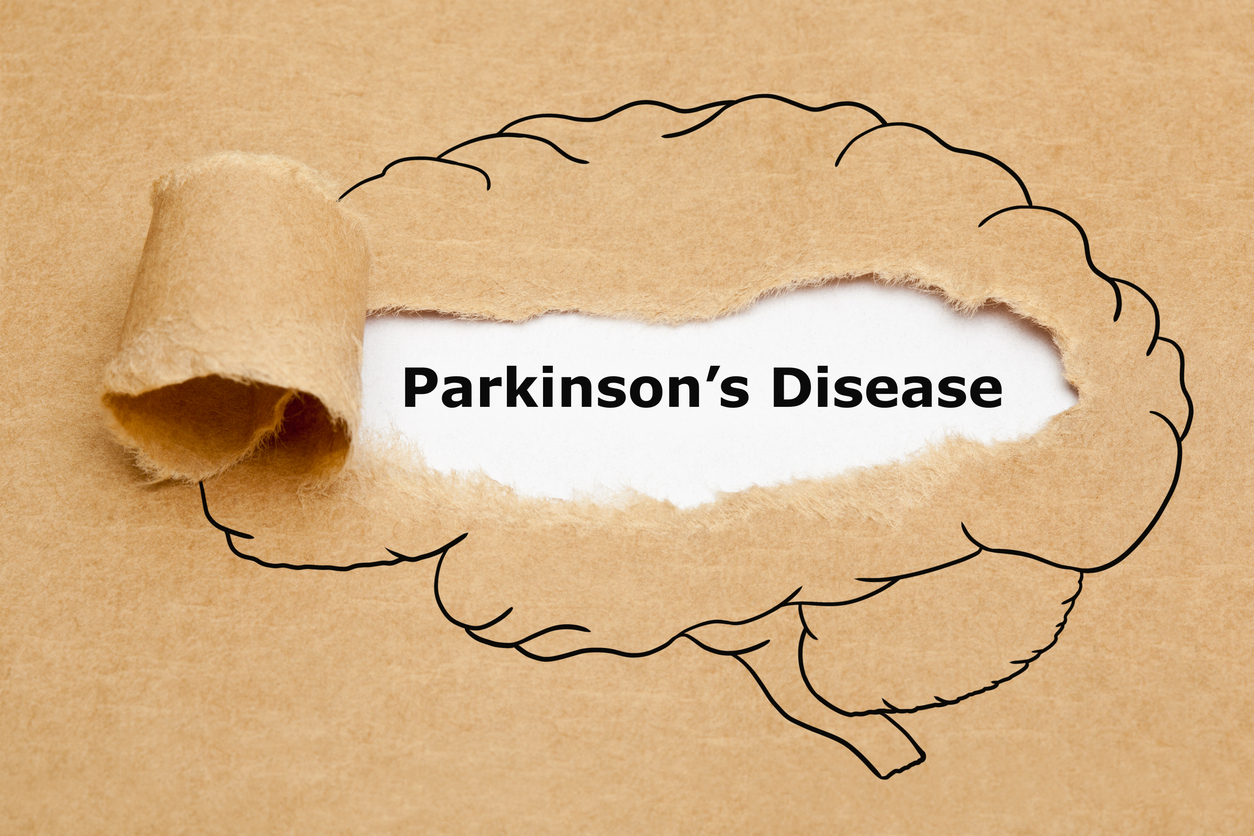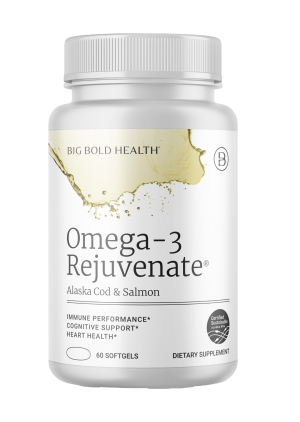Looking back over a 40-year career in medicine, I frequently departed from the orthodoxy to embrace therapies and paradigms considered controversial, even downright heretical. I’m proud to say that many have gone mainstream and have become validated by research. Once thought “alternative”, they have become the mainstays of what we now call integrative or functional medicine. Here are a few of them:
1) Natural therapies over drugs. I listened attentively during med school, and in my internal medicine residency, about the proper applications of prescription medications, but with a view toward prescribing them only when natural alternatives weren’t enough. Pretty soon, the drug company “detailers” that visit doctors’ offices to pitch their wares and leave samples learned to avoid me. Instead, I sought to discover root causes that could be addressed with diet, lifestyle, and nutritional supplements. Departing from “standard of care” in those early days was risky, as it could provoke the ire of medical boards, but I stuck to my guns. Patients are not mere customers to be mollified with unnecessary prescriptions. Useless antibiotics for viral infections, strong pain relievers for backaches, addictive benzodiazepines for routine anxiety, and powerful weight loss drugs for mere cosmetic improvements are examples of overkill that shouldn’t be proffered like party favors. Now there are thousands of like-minded physicians who are part of a burgeoning movement to deprescribe and seek alternatives to polypharmacy.
2) Low-carb diets. Starting out as a Macrobiotic vegan, I modified my stance on diet with the recognition that excess sugars and starches were the bane of overweight and metabolically unfit Americans. In the 90s, as program director of the American College for Advancement of Medicine, I invited pioneer Dr. Gerald Reaven who coined the term “Syndrome X” to describe the constellation of problems associated with excess carbohydrate intake. I formulated my “Salad and Salmon Diet” accordingly to exclude ultra-processed, high-glycemic index foods, emphasizing natural and organic meat, poultry, fish, eggs, dairy, nuts, fruits and low-starch vegetables, whole grains in moderation, and olive oil and spices.
3) Rejecting fat phobia. I recognized early that nutrition scientists’ obsession with fat and cholesterol was misguided. Animal protein is essential for supporting muscle and fending off frailty; proteins’ satiety value helps stave off carb craving. While Old Guard nutritionists maintain their obsession with “low-fat”, most informed clinicians follow the science that has now vindicated full-fat dairy, meat, and poultry. At the same time, I’ve cautioned against over-consumption of unnatural, industrialized seed oils.
4) The Yeast Connection. When I began my career in the 80’s, treating “Candida” was synonymous with quackery. But, listening to my patients, I soon learned that avoidance of alcohol, sugar, and fermented foods, along with anti-fungal herbs or medication, could alleviate their elusive symptoms. ENT doctors now recognize that fungal infections of the sinuses, fostered by overuse of antibiotics and steroids, contribute to the woes of sufferers of persistent nasal symptoms.
5) The Microbiome. An elaboration of the Yeast Connection was the recognition that bacteria within the gut have all sorts of health ramifications. Not just GI complaints, but also autoimmune conditions, skin problems, and even mood and neurodegenerative conditions could be influenced by diet modification, probiotics and nutraceuticals. Science has now validated these connections.
6) Occult infections. Under-recognized in conventional medicine is the degree to which missed infections contribute to chronic conditions. Parasites like amoebas and Giardia may cause nagging fatigue; undetected Lyme disease and other tick-borne infections may mimic rheumatologic and neurologic disorders. Digging deeper and treating aggressively has long been the exclusive province of integrative physicians, but mainstream medicine is catching up.
7) Natural thyroid. Early in my career, I recognized that endocrinology had taken a wrong turn by embracing T4-only synthetic thyroid medicines. I’ve long prescribed balanced natural bioidentical thyroids like Armour. And I treat symptoms, not mere numbers on thyroid tests, which can be unreliable. In retrospect, it’s one of the best things I’ve done in my career. A local endo, on seeing one of my patients, once exclaimed “Are you still taking that piggie thyroid?”, but progressive endocrinologists are coming around. Dr. Antonio Bianco, a noted thyroid researcher, recently appeared on Intelligent Medicine to discuss his book Rethinking Hypothyroidism. He’s now advocating T4/T3 combinations for the many patients who respond poorly to Synthroid and l-thyroxine.
8) Bioidentical HRT. One-size-fits-all Prempro was the rule for menopausal women when I started in medicine. Then millions of women were stampeded into stopping their medications because of a misinterpretation of the Women’s Health Initiative study. Through it all I prescribed custom-compounded natural estrogen/progesterone combos, sometimes adding a little testosterone which many menopausal women need. Now that HRT, especially the natural kind, has been vindicated for breast cancer and heart disease risk, many of my patients are thankful for the benefits they’ve safely experienced.
9) Testosterone for men. In a way similar to HRT for women, testosterone replacement for low-T men has long been stigmatized as high-risk for heart disease and prostate cancer. I’ve shepherded many men through years of life-altering T treatment with no adverse consequences. Turns out I was right—new studies have exonerated testosterone, and once-fearful urologists are now prescribing it, even to men who’ve had prostate cancer!
10) Essential fatty acids. One of the first things in my toolkit, these Swiss Army Knife compounds have revolutionized medical nutrition. As conventional medicine dithered for decades, I’ve prescribed fish oil supplements; now it’s a prescription medication!
11) Vitamins and minerals. You still hear the tired shibboleth: “Vitamins are a waste of money”. Standing on the shoulders of such pioneers as Carl Pfeiffer, Carlton Fredericks, Robert Atkins, Jonathan Wright, Leo Galland and Alan Gaby, I learned to wield them as therapeutics, often obviating the need for medication. Conventional doctors used to say: “But where are the studies?” Now there are thousands. Think success stories like vitamin D, B12, and magnesium, to name but a few.
12) Nutraceuticals. Advances in the supplement industry have brought us remarkable nutraceuticals—purified active ingredients found in nature. Compounds like CoQ10, curcumin, EGCG, CBD, sulforaphane and myriad others are potent therapeutics. Turning patients and listeners on to their benefits has been my mission for decades.
13) Food intolerances. Understanding that allergies and food intolerances were at the root of many patient’s problems has been foundational in my practice. This was a distinct minority position when I started my career, but now there’s widespread acknowledgement that foods and food additives may trigger a wide array of symptoms—not just typical allergies. Once virtually ignored, now doctors are routinely screening for celiac disease, which remains woefully underdiagnosed. There’s even belated acceptance of a food-mood connection, embodied in the burgeoning Nutritional Psychiatry movement. Paleo diets, Keto diets, and targeted elimination diets have benefitted innumerable patients under my guidance.
14) Environmental chemicals. Inspired by luminaires like William Rea and Doris Rapp, I learned to probe environmental triggers of health problems. Detoxification became a theme in my practice as patients were guided to unburden themselves of lead, mercury, herbicides, pesticides, airborne hydrocarbons, forever chemicals, GMO ingredients, endocrine disruptors, and toxic food adulterants. Once controversial, there’s increasing recognition that harmful compounds are at the root of Americans’ deteriorating health.
BOTTOM LINE: When I began practice 40 years ago, it was unclear that that my faithfulness to “alternative” approaches would have staying power; the march of medical progress might have rendered unorthodox non-pharmaceutical strategies obsolete, as disease after disease yielded to high-tech fixes. But this is clearly not the case—the unconventional paradigms I embraced have stood the test of time. In fact, they’ve only gained relevance over time.






